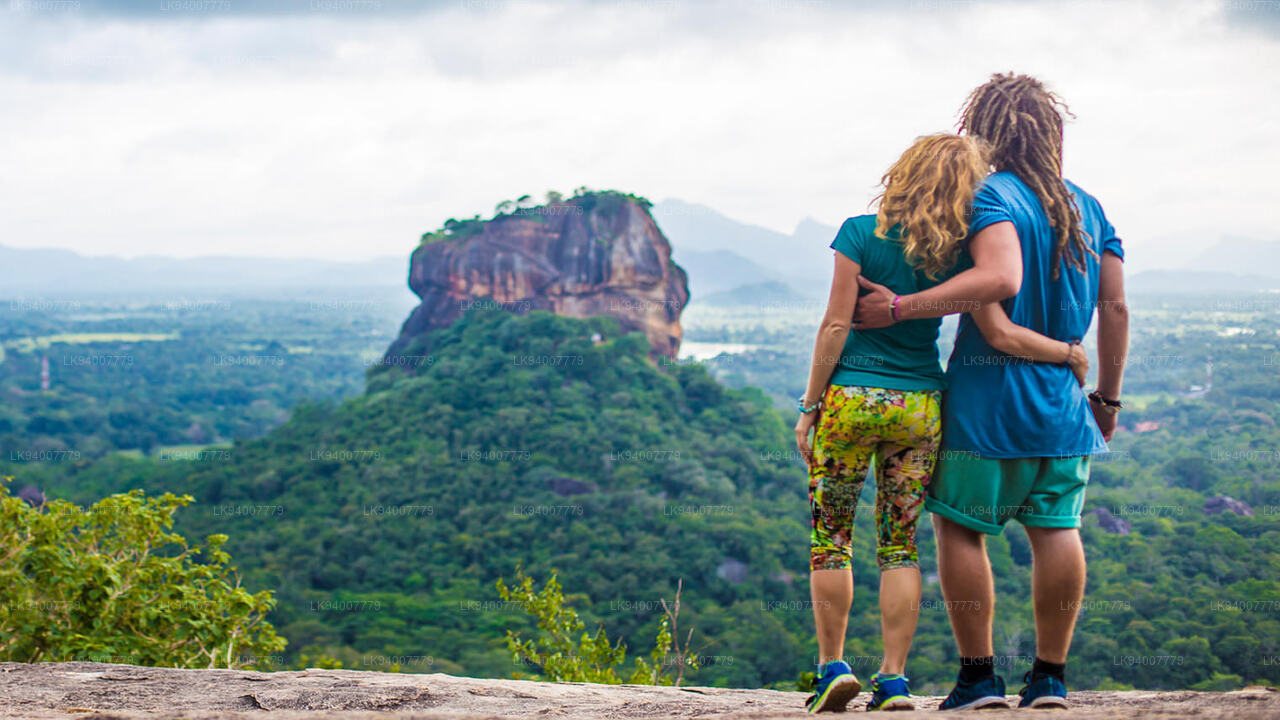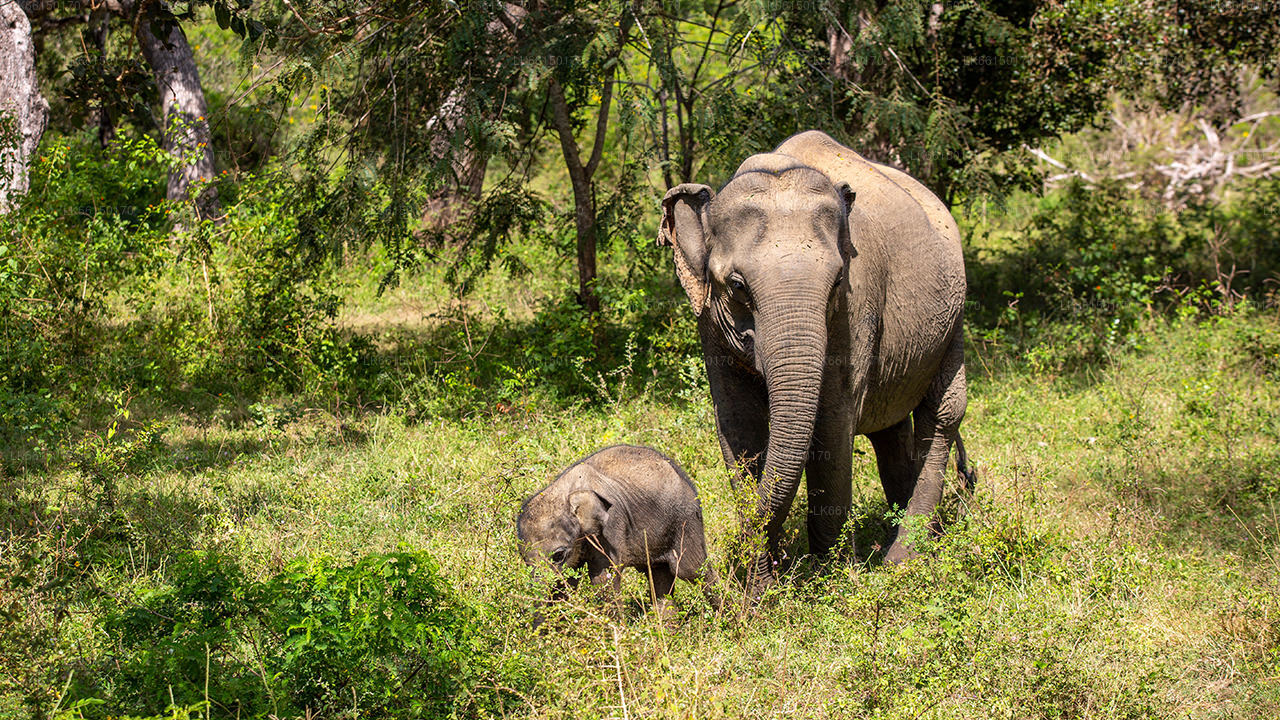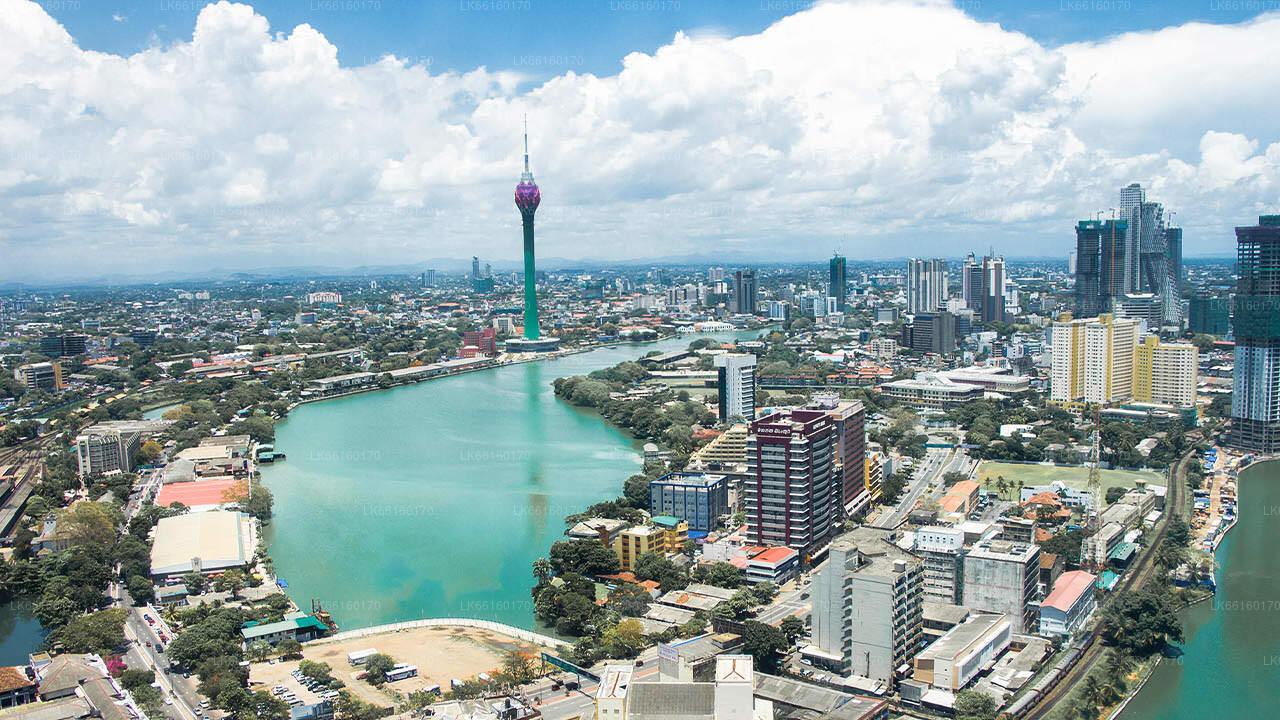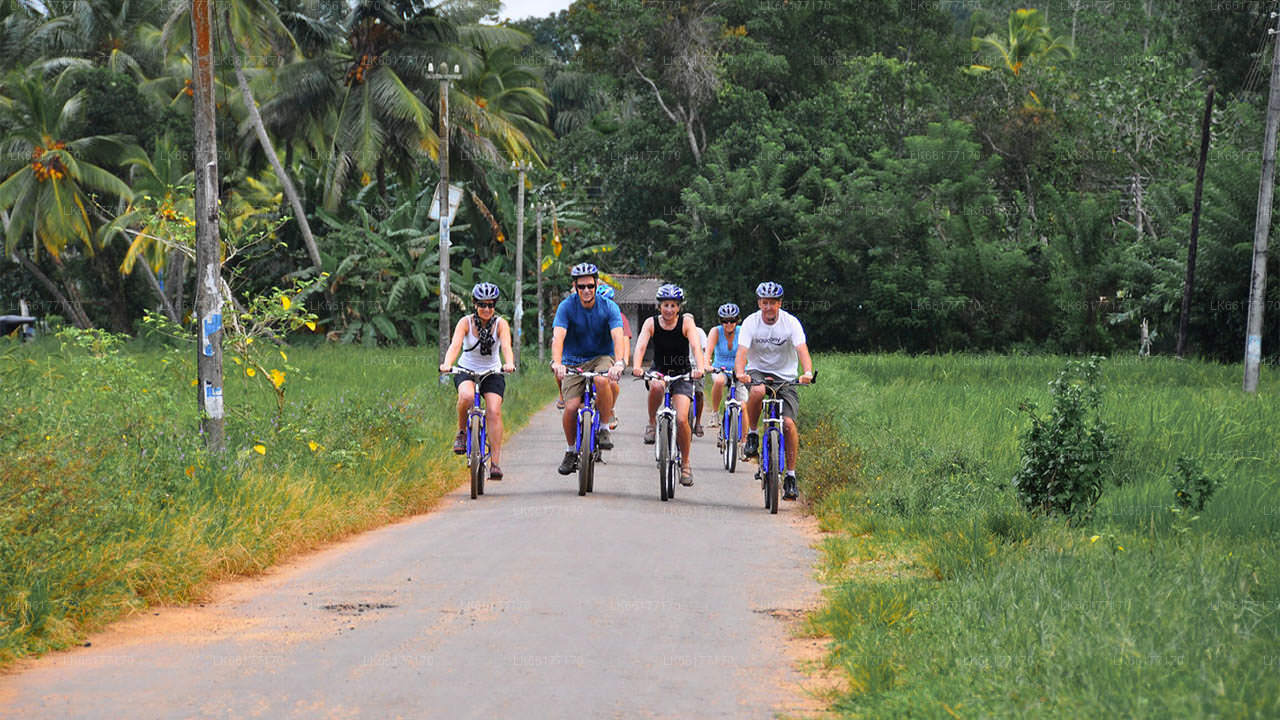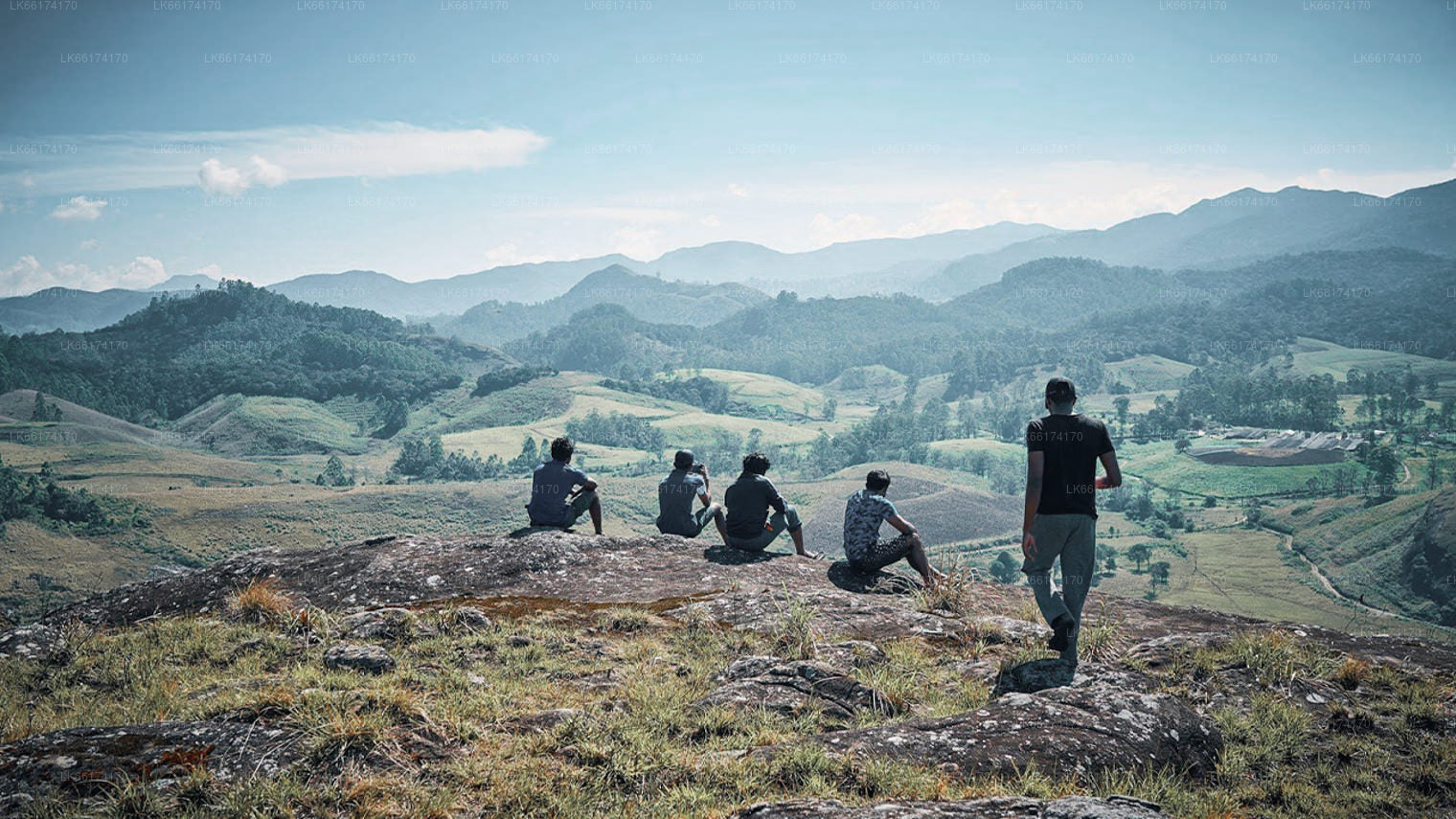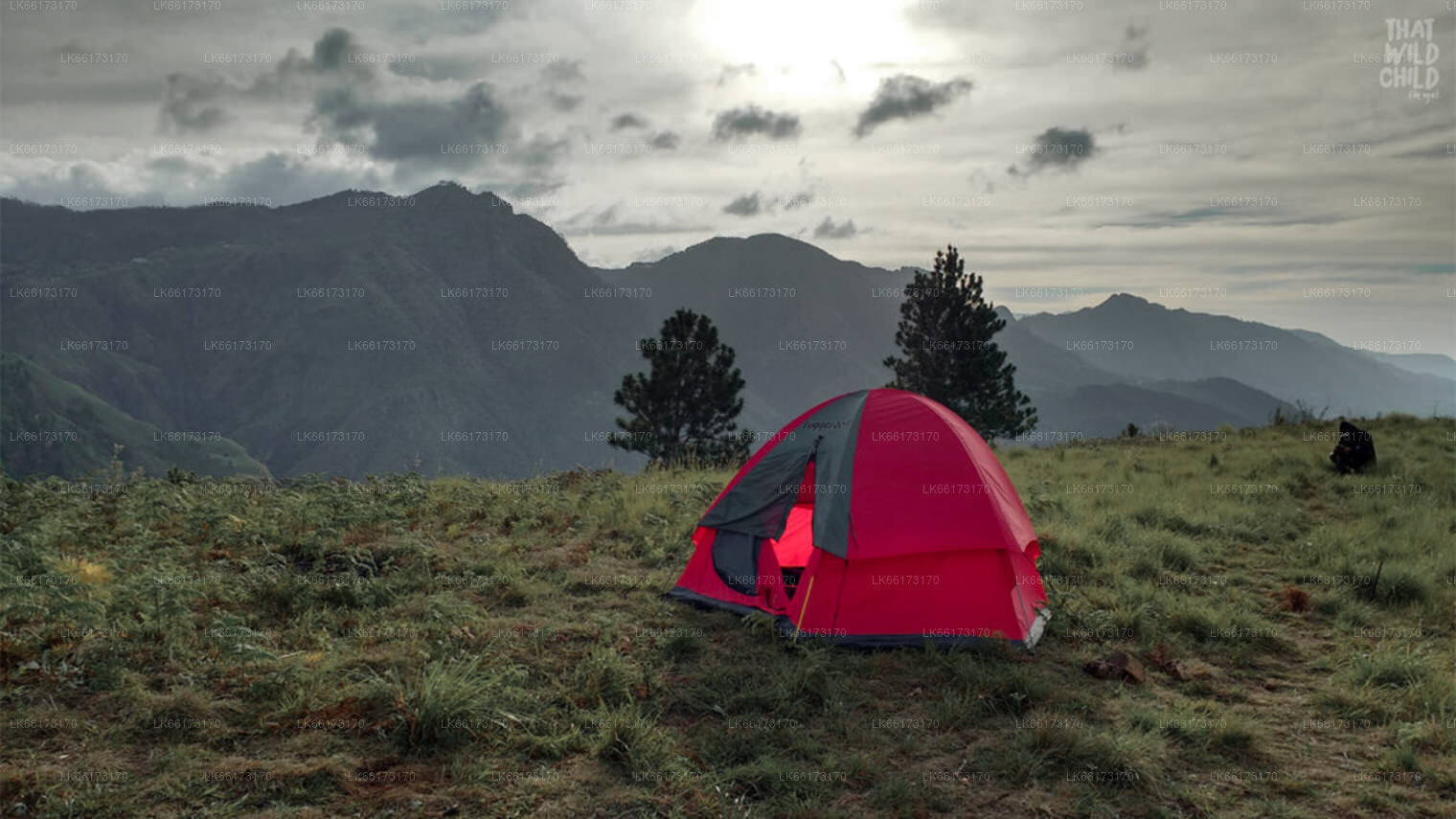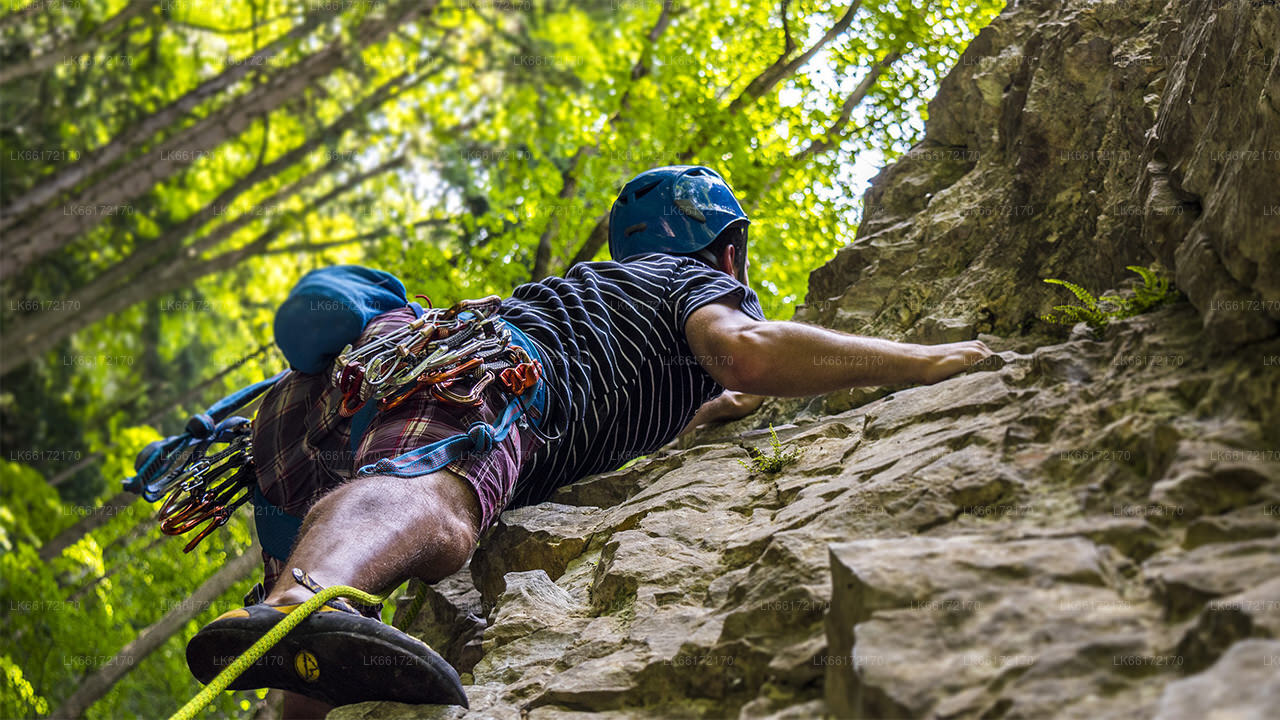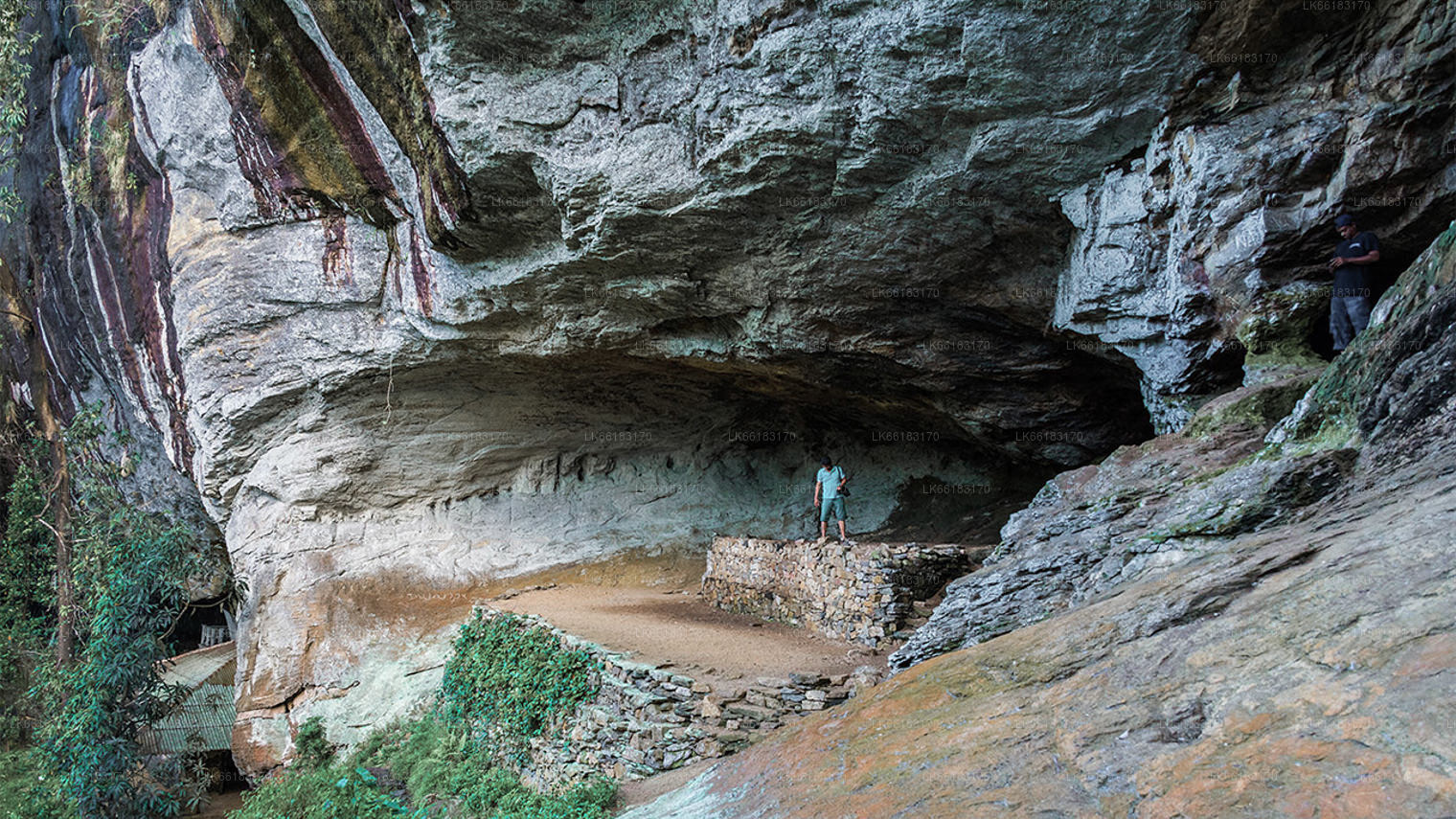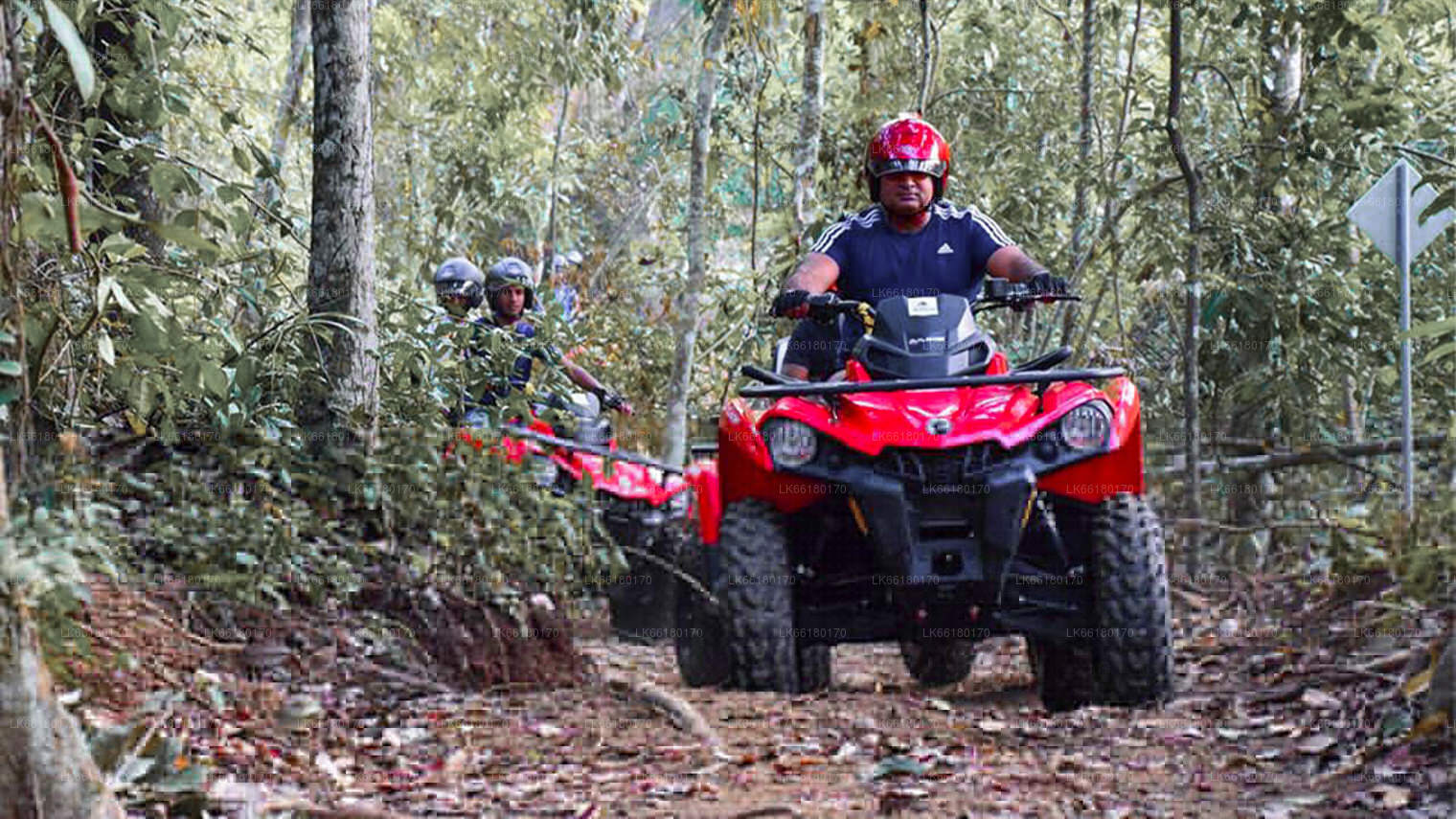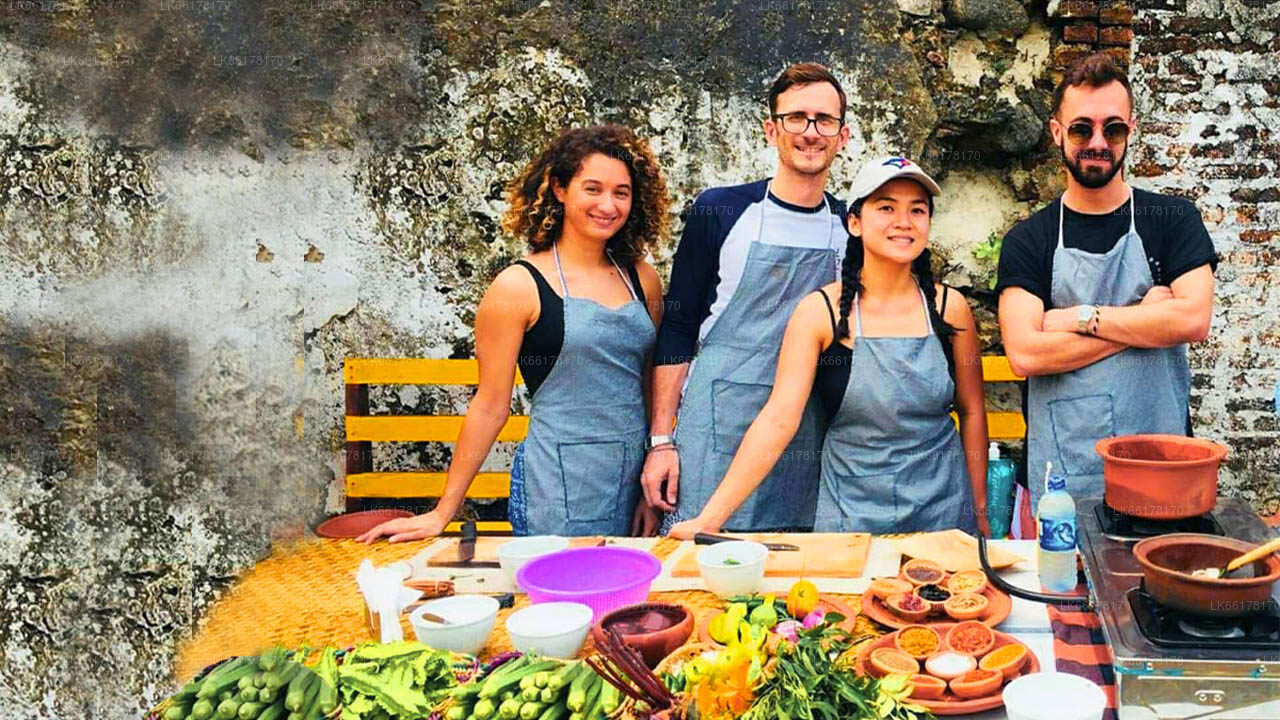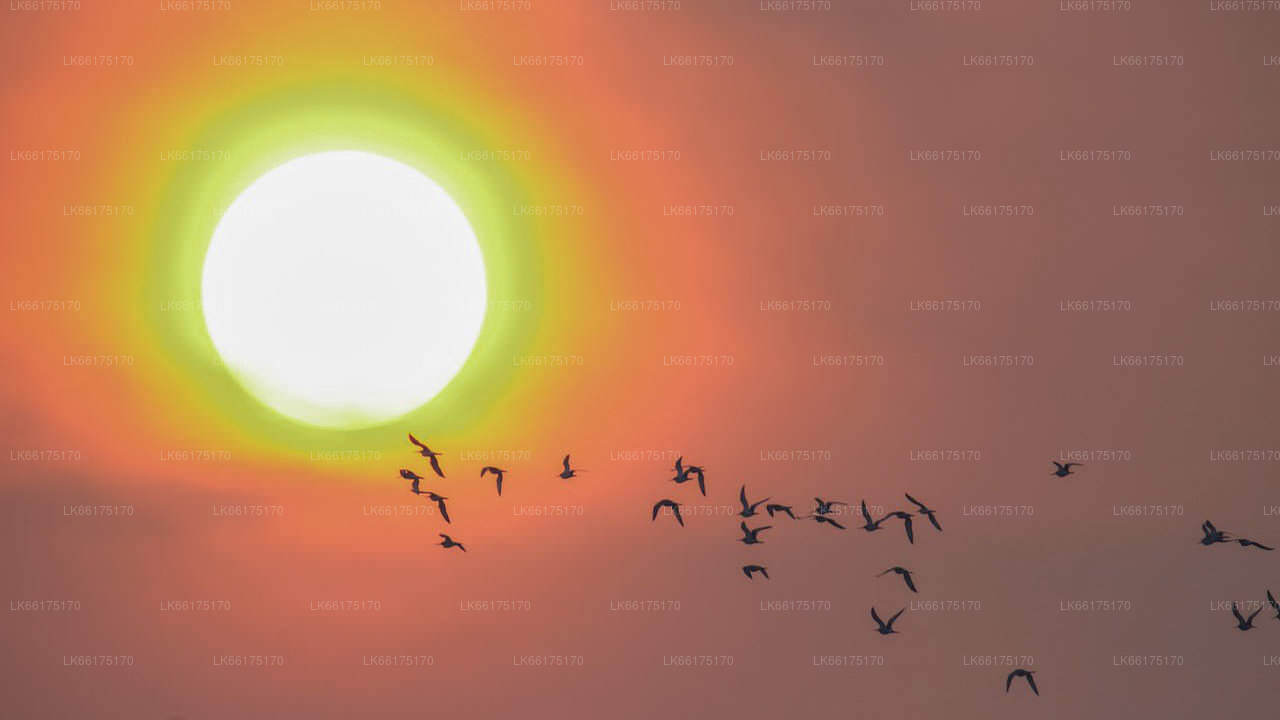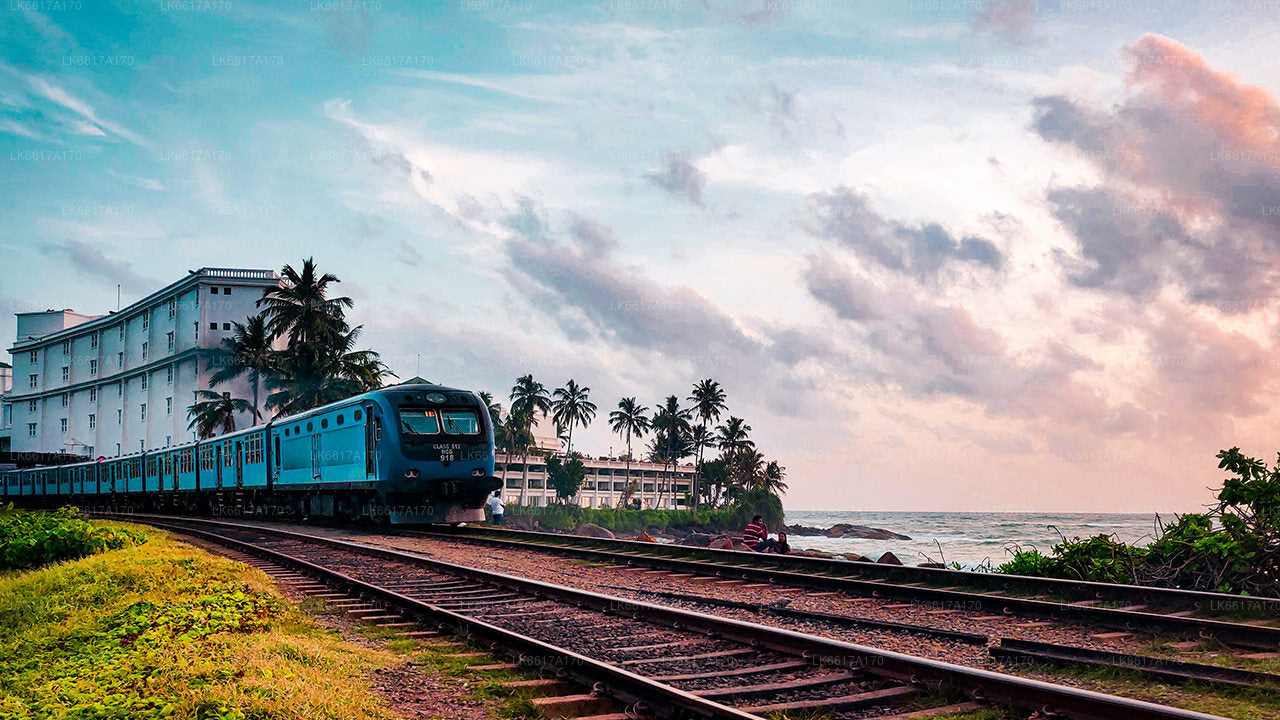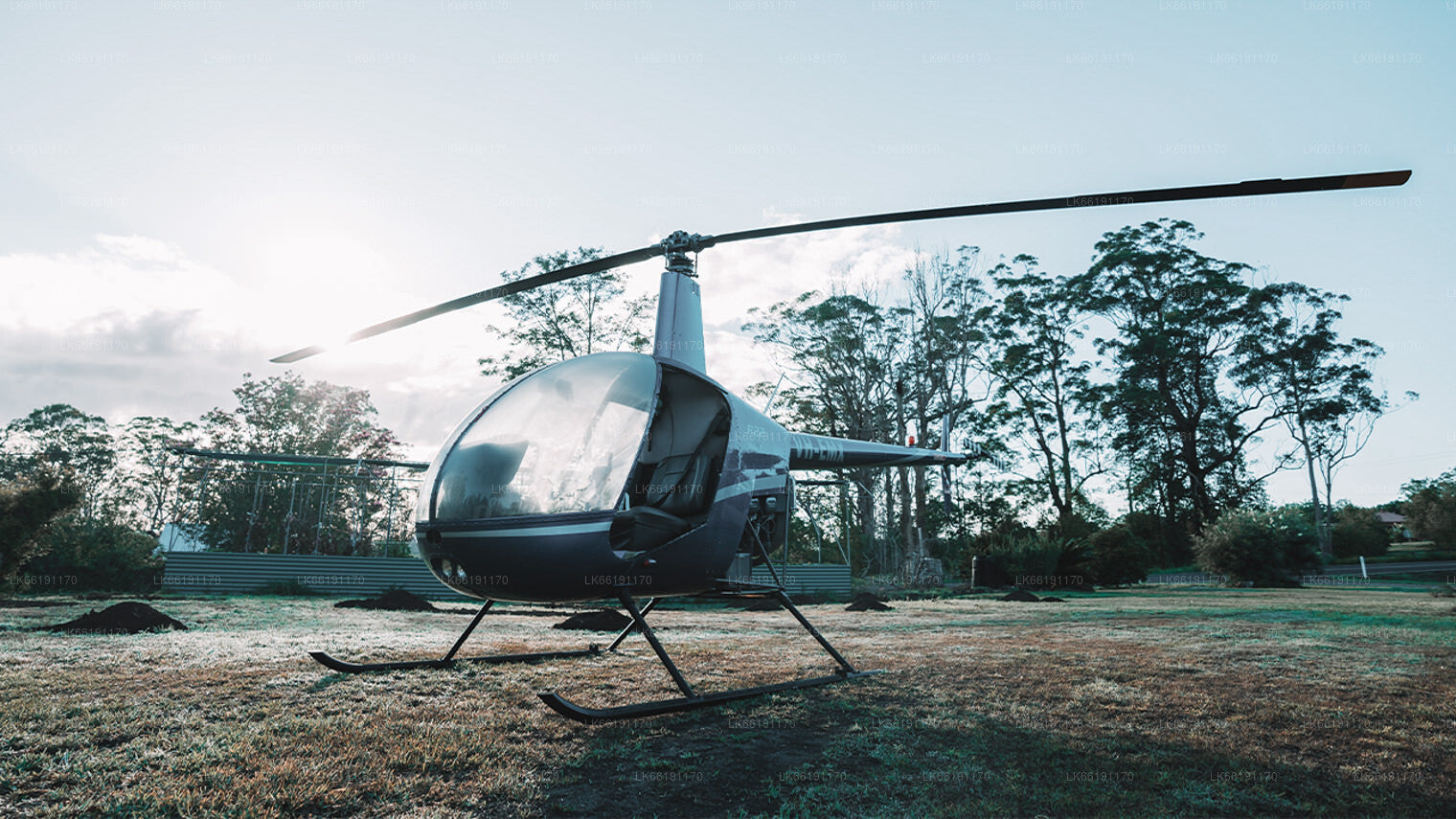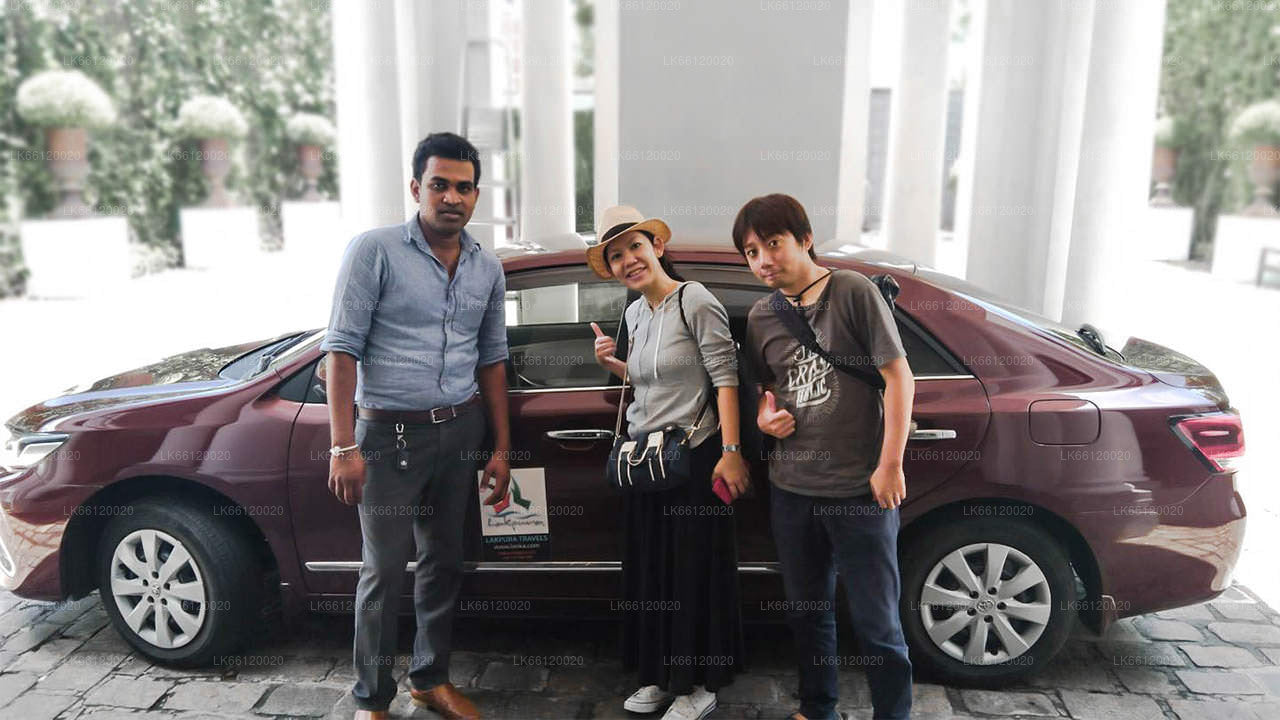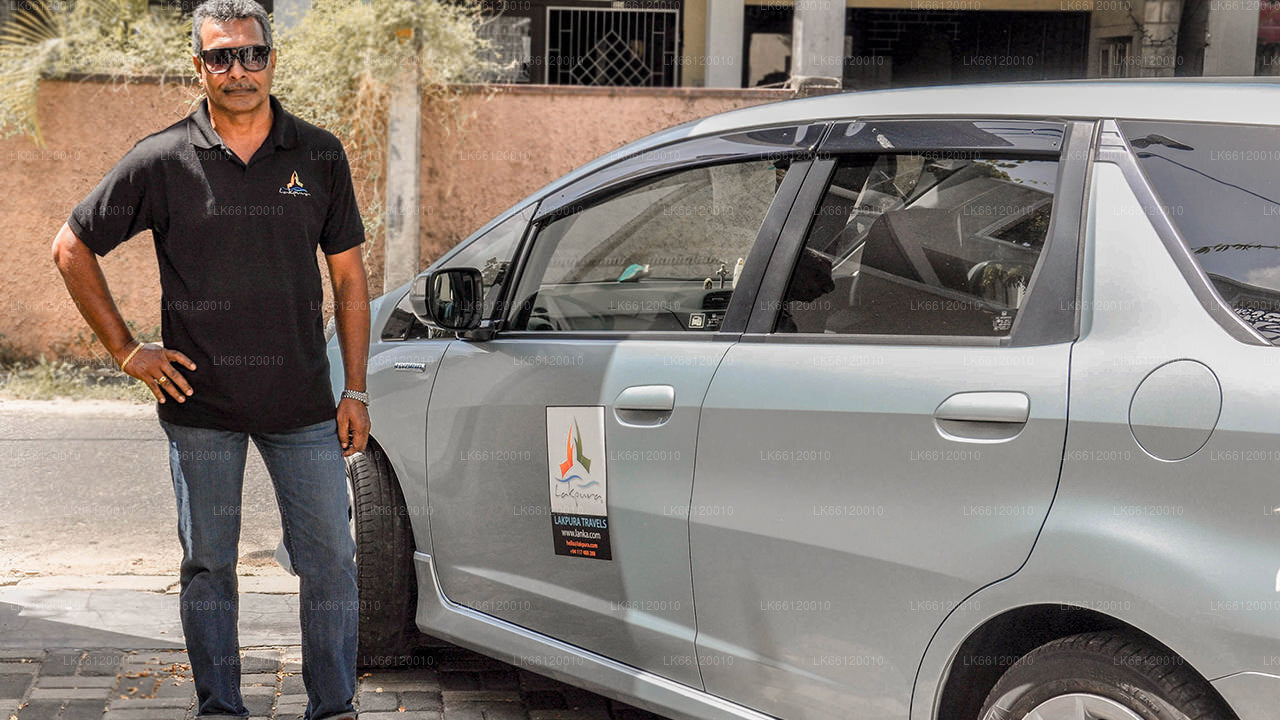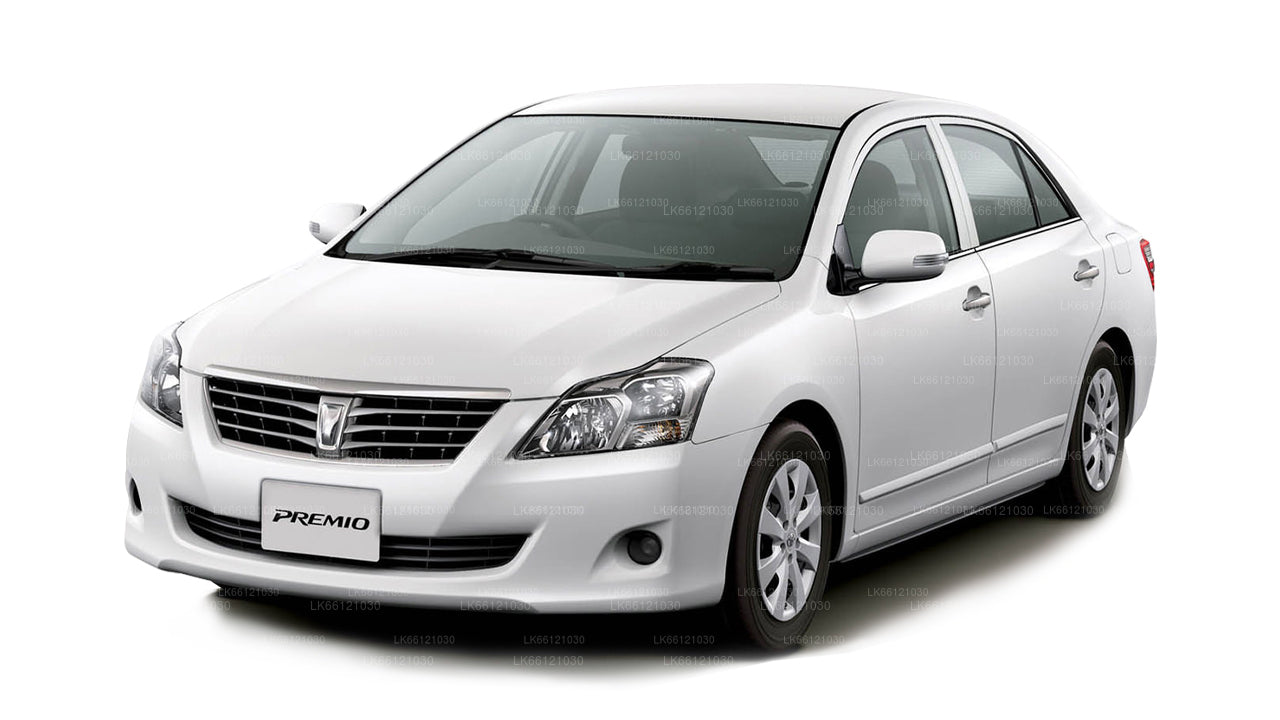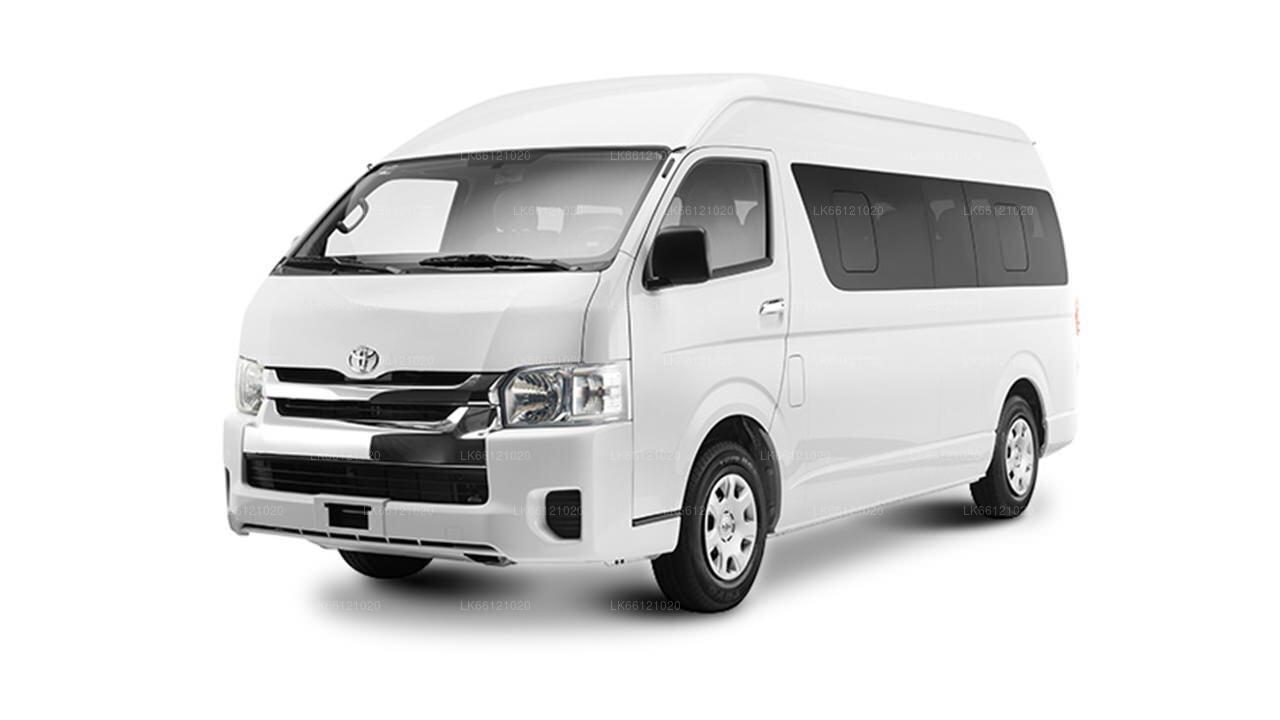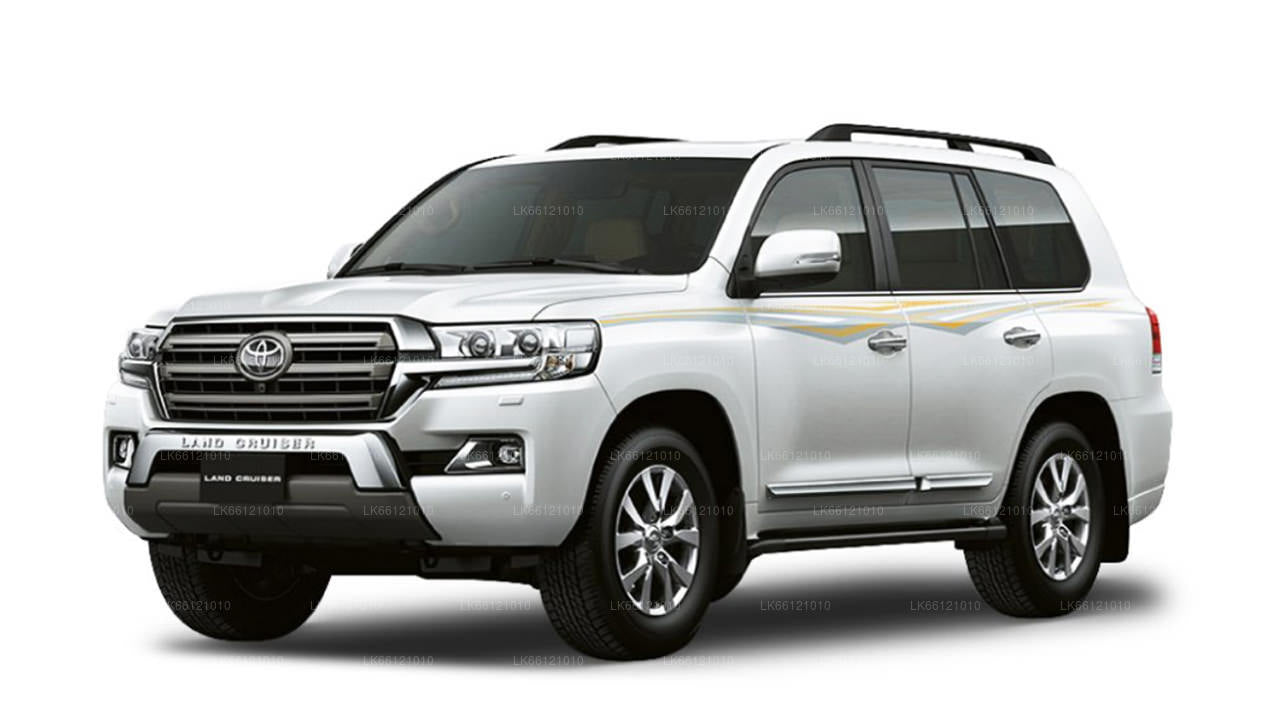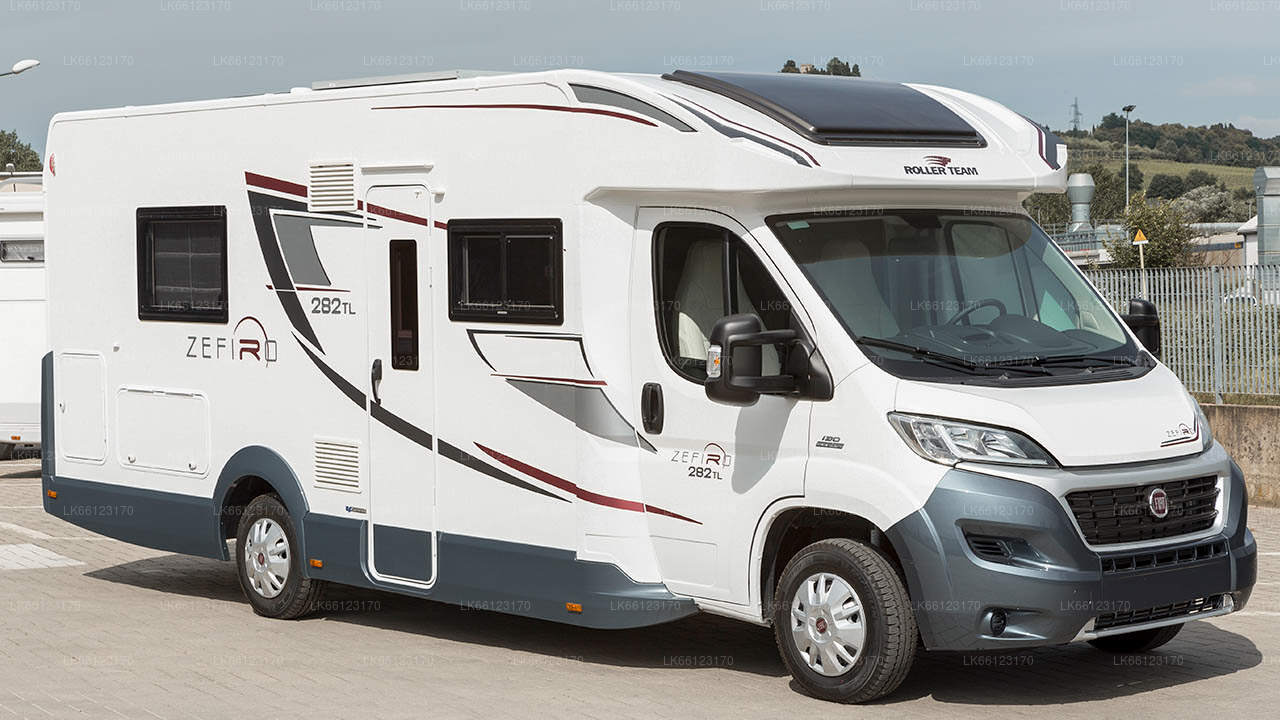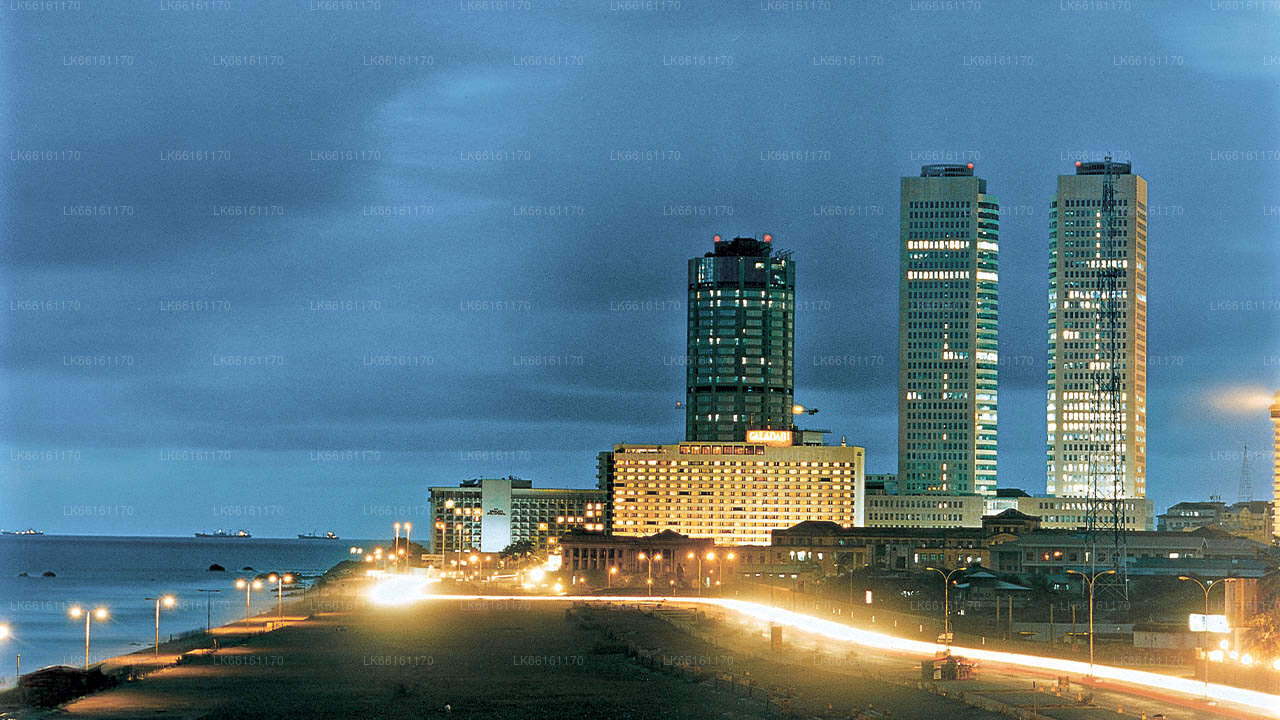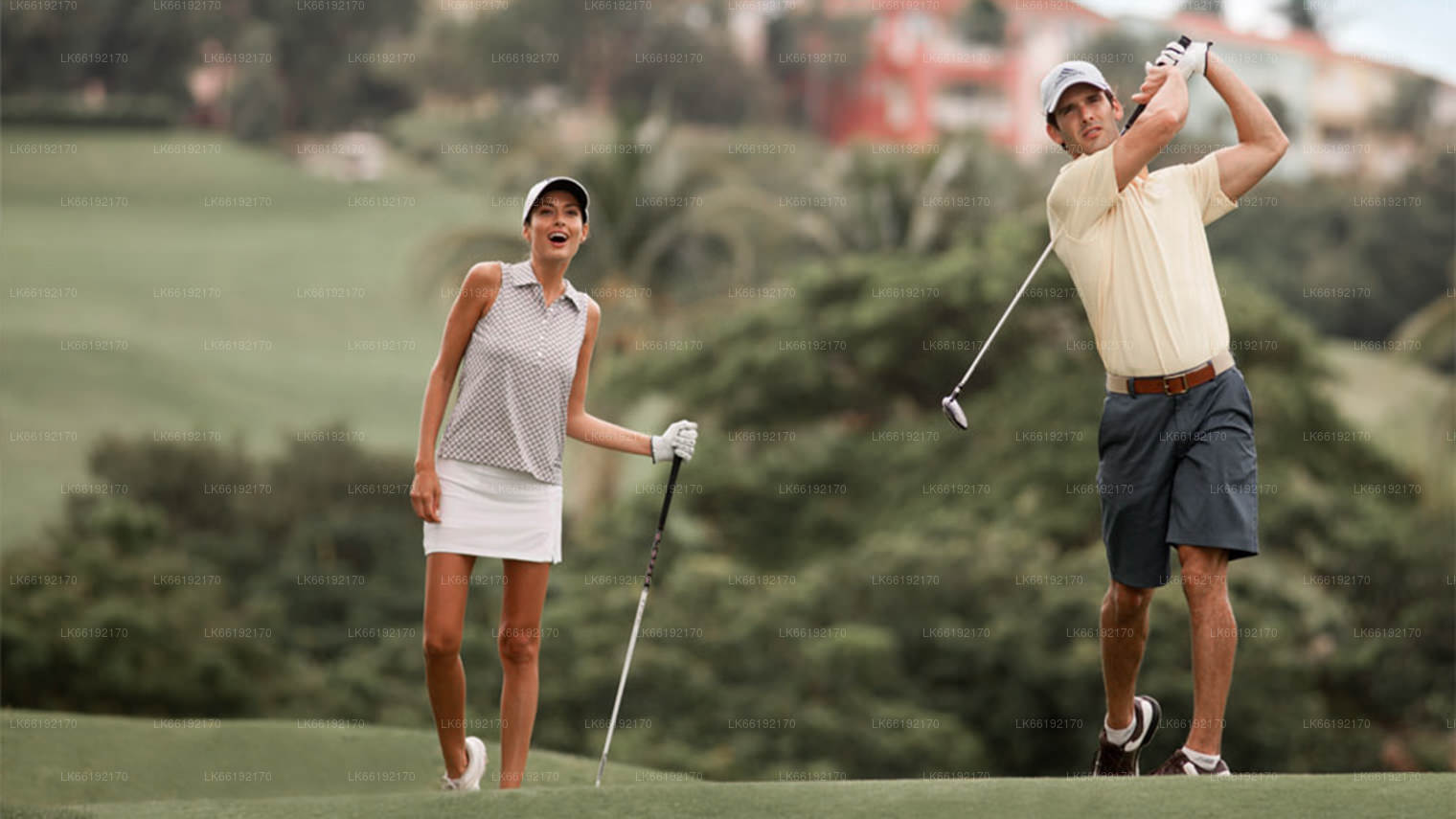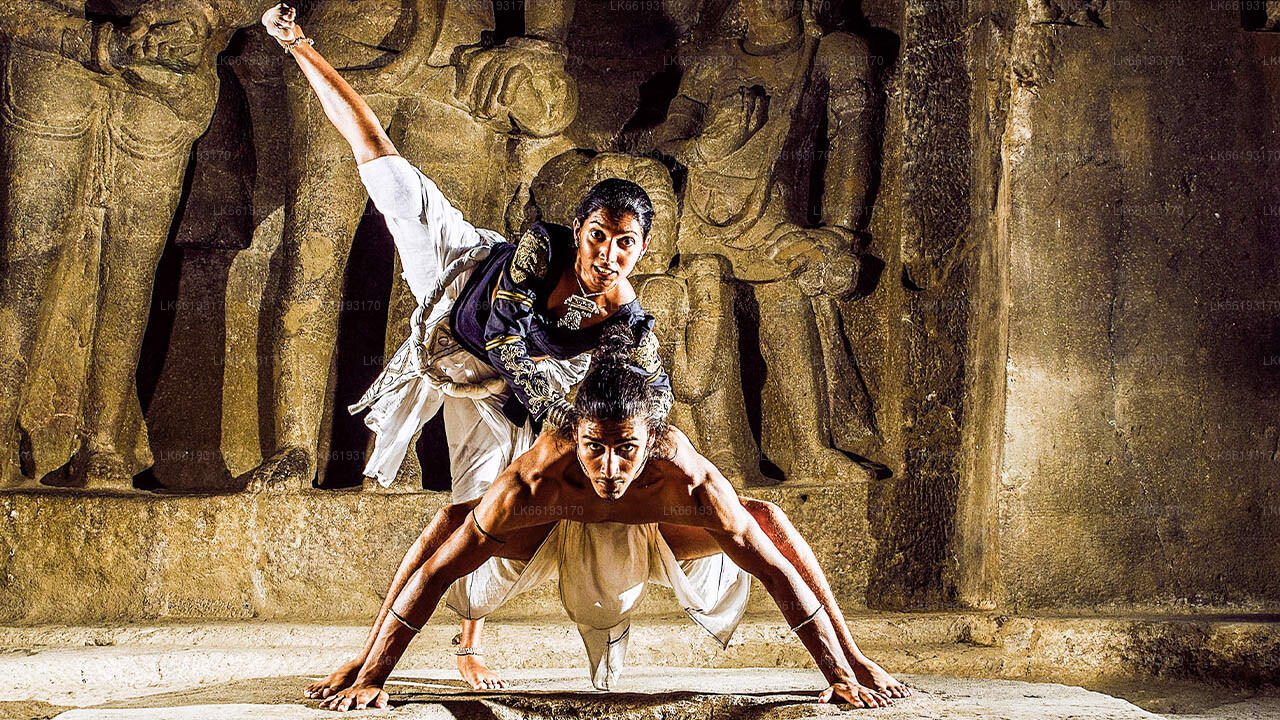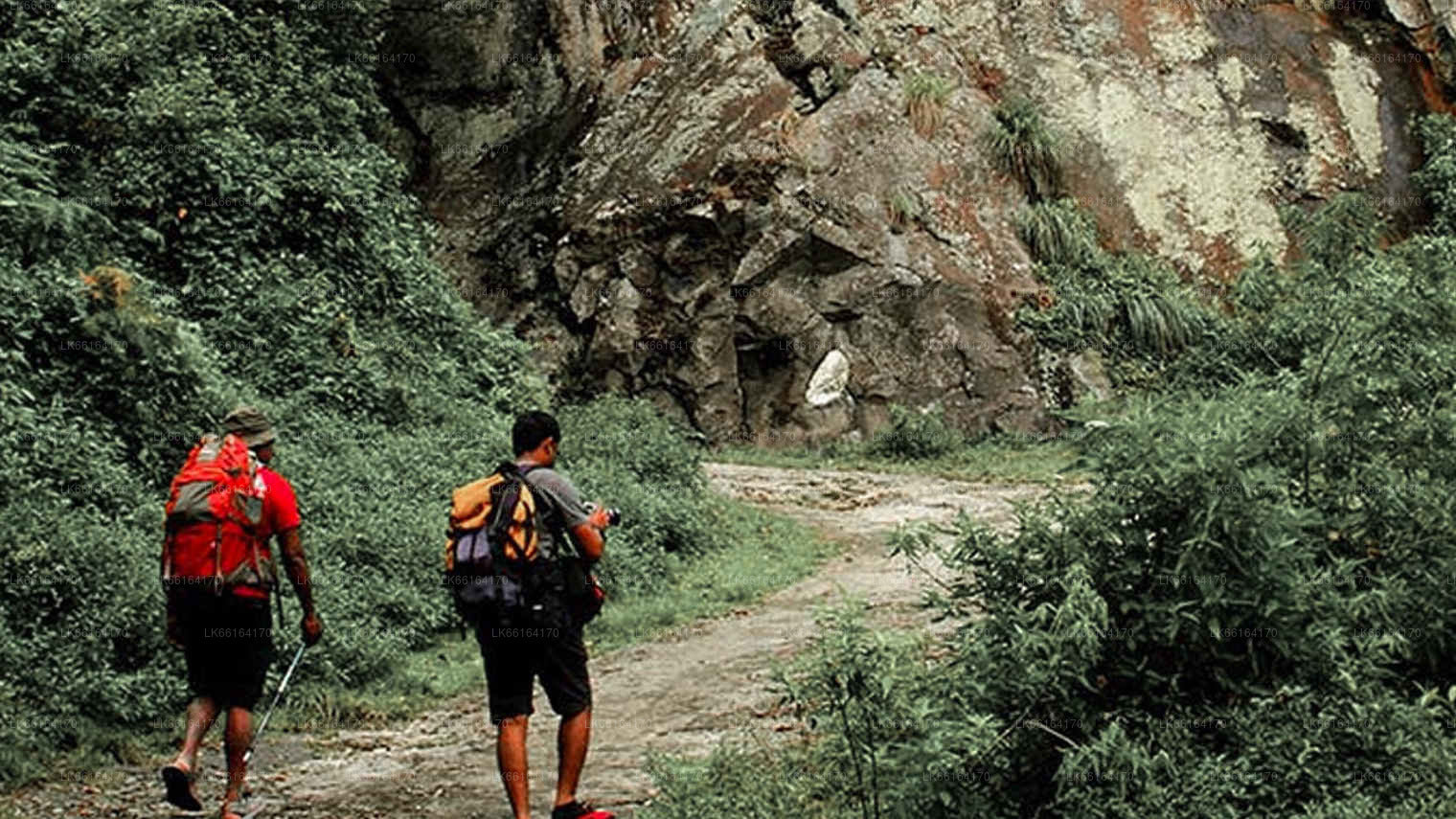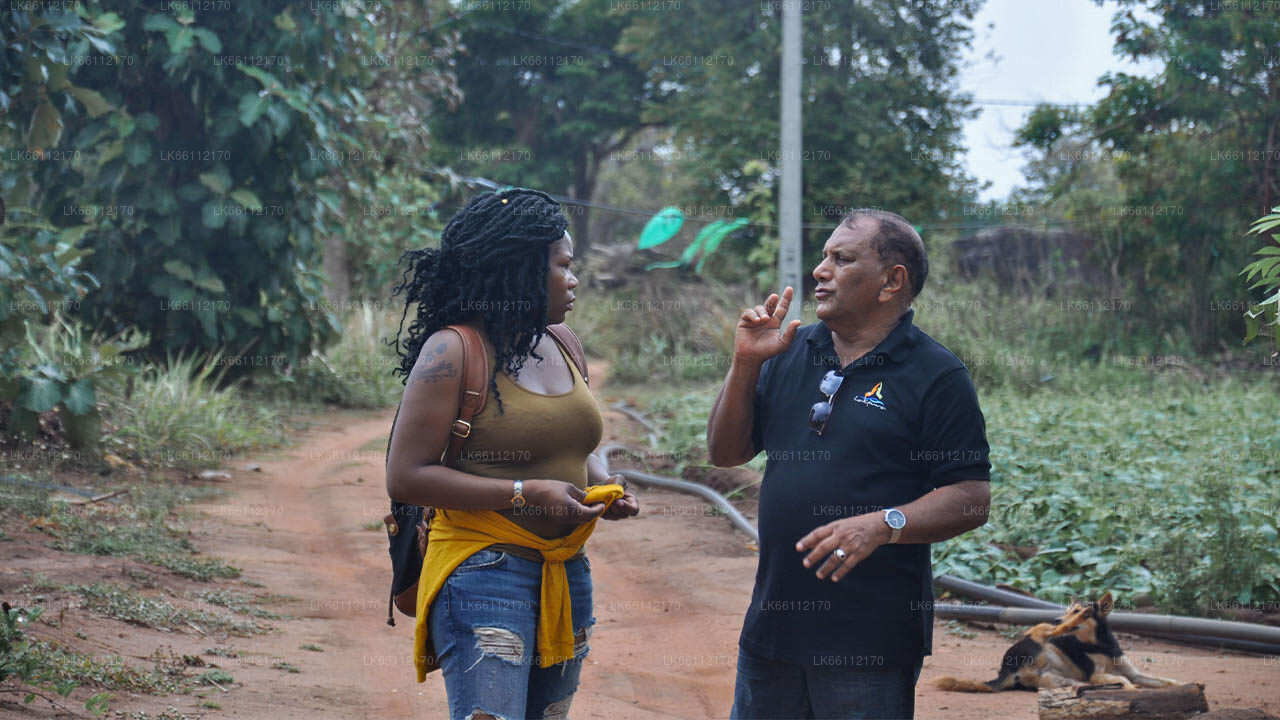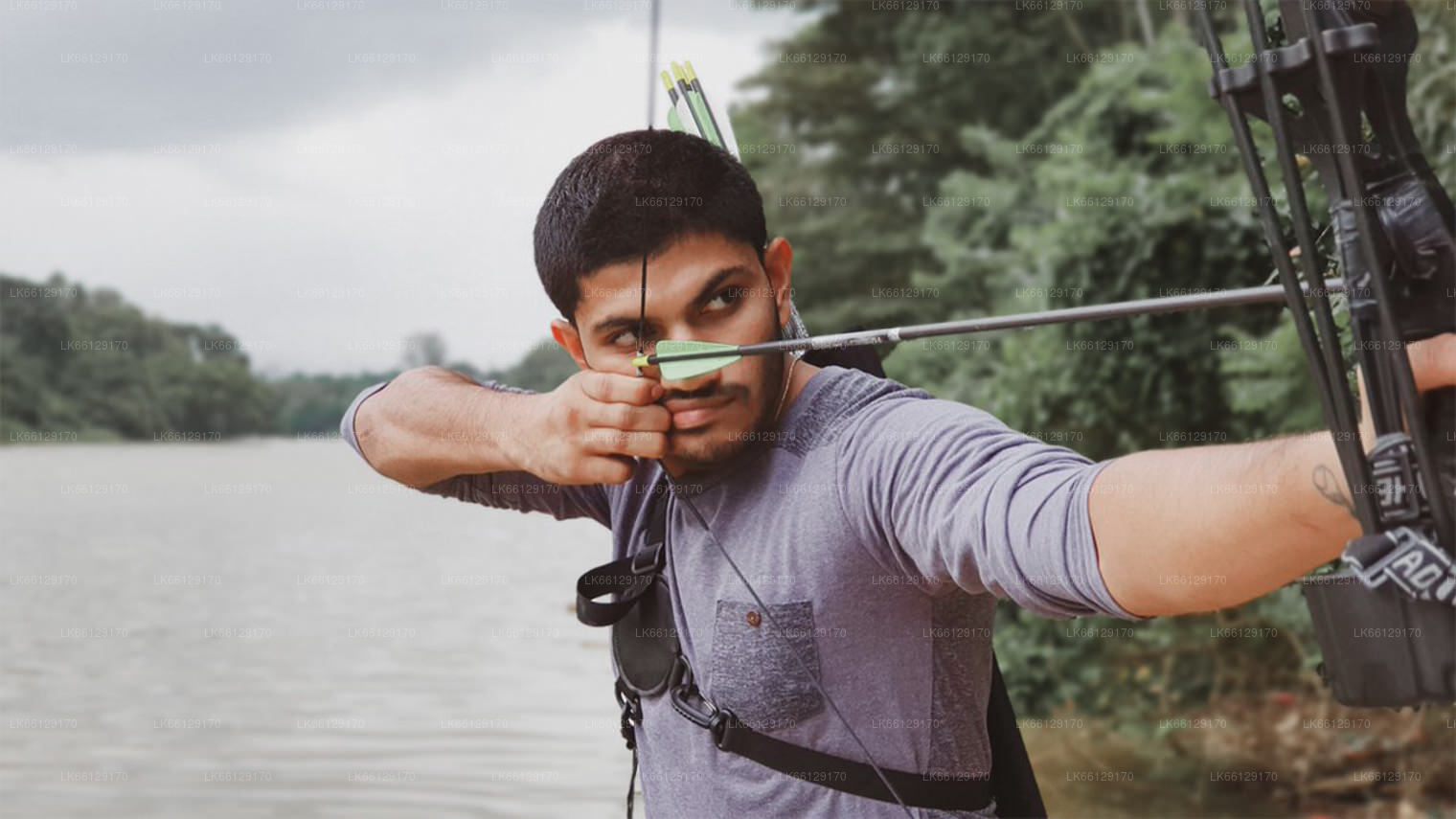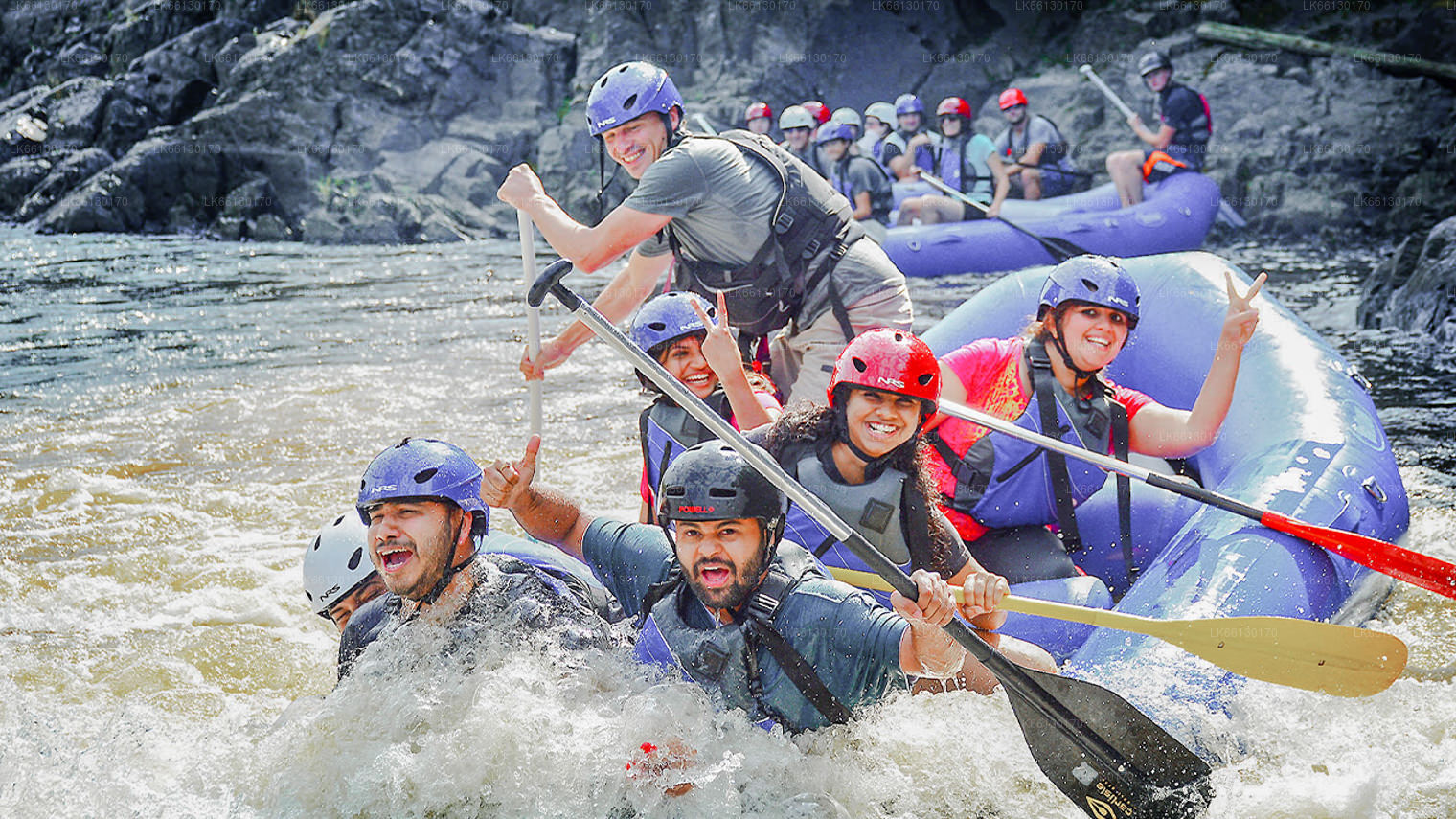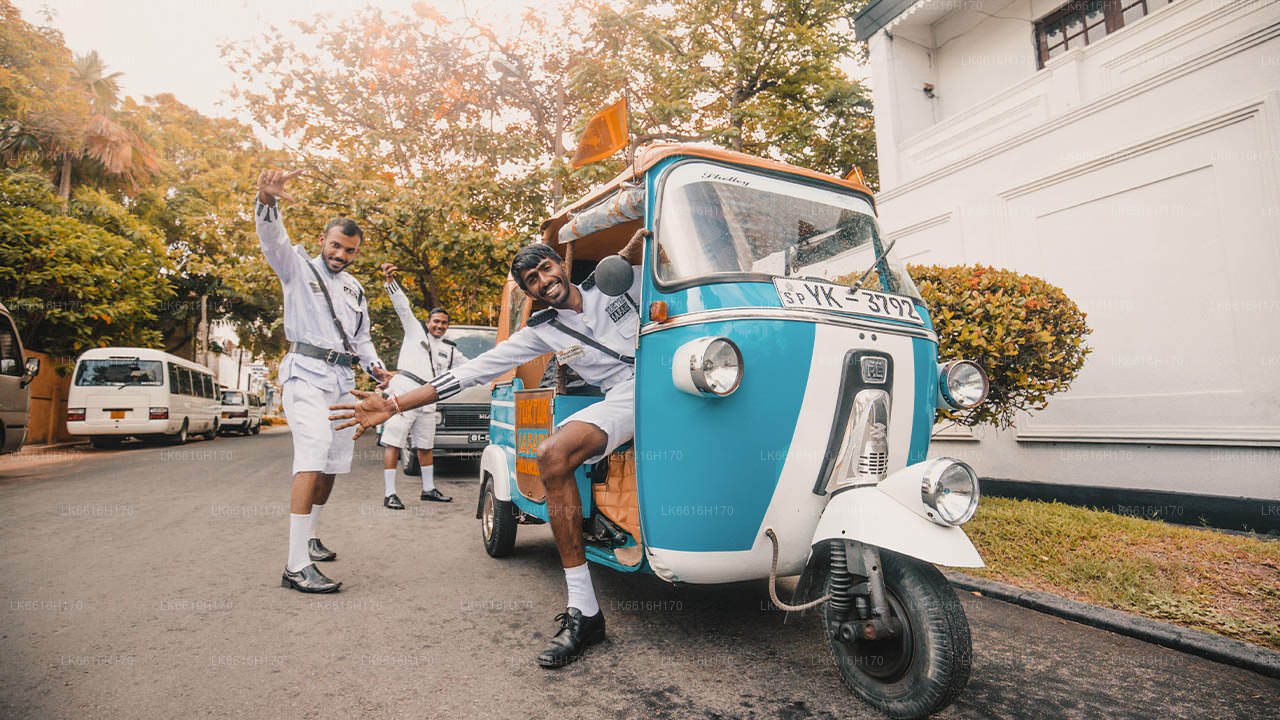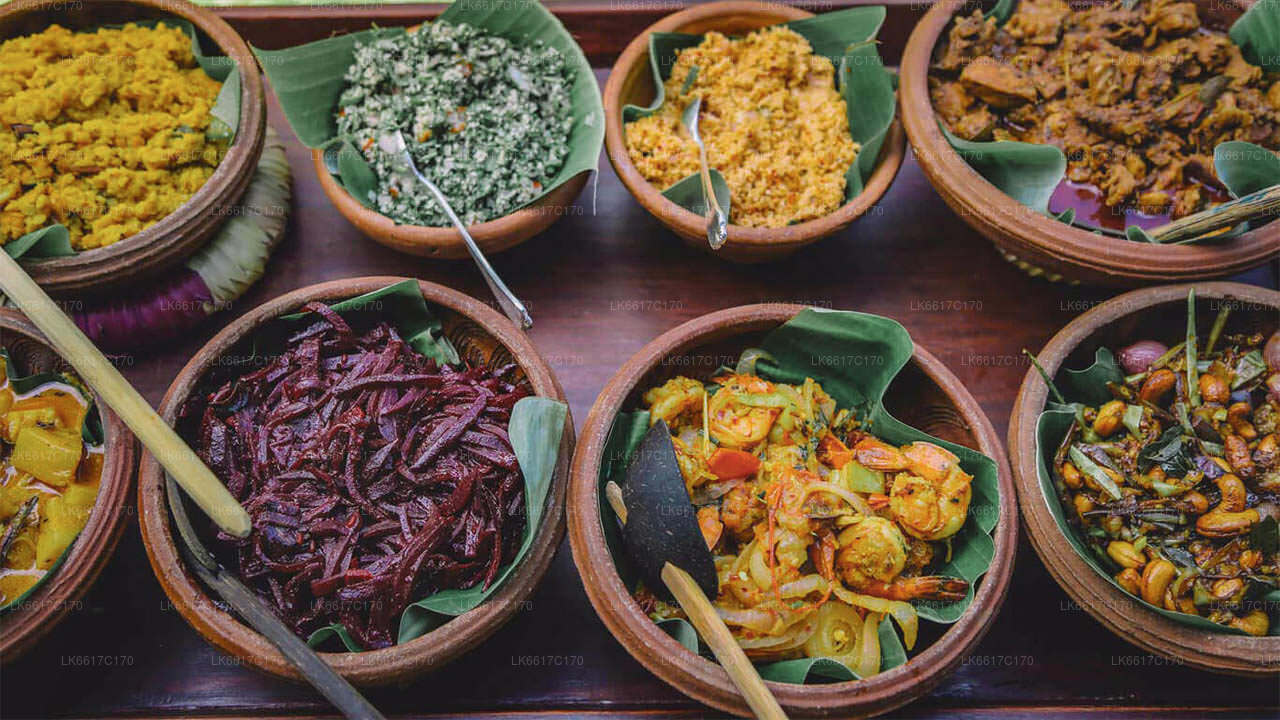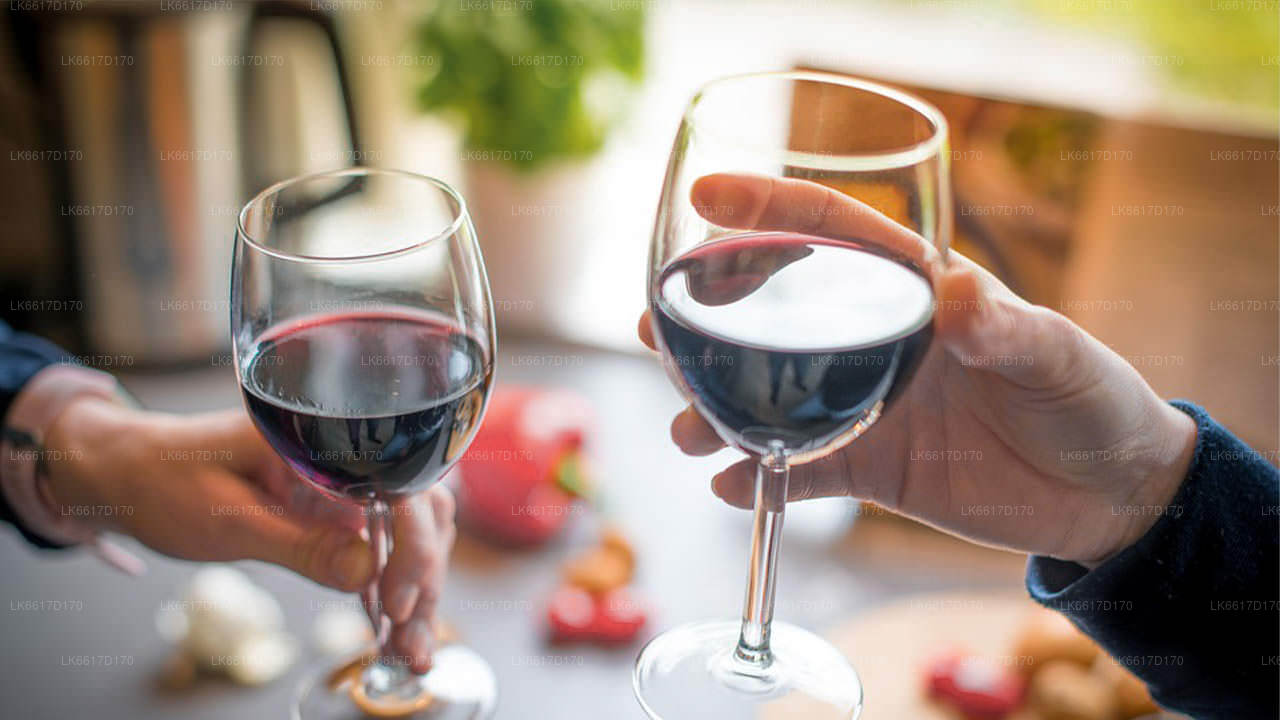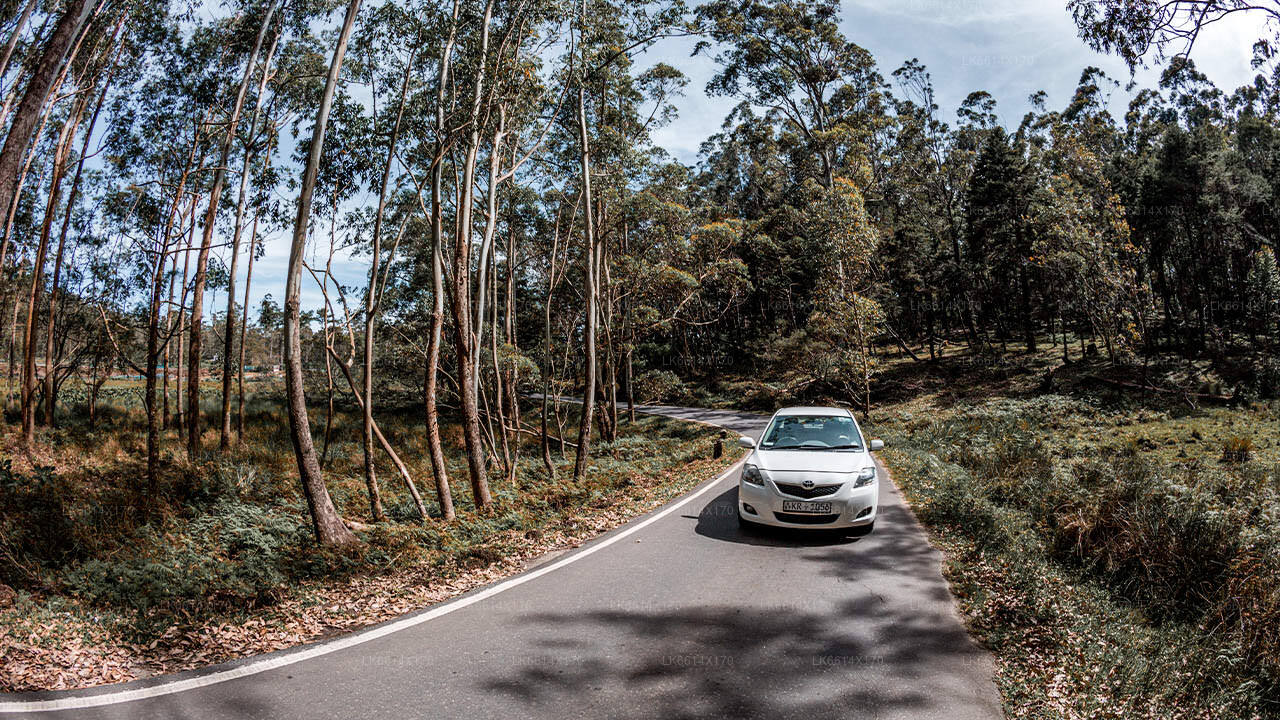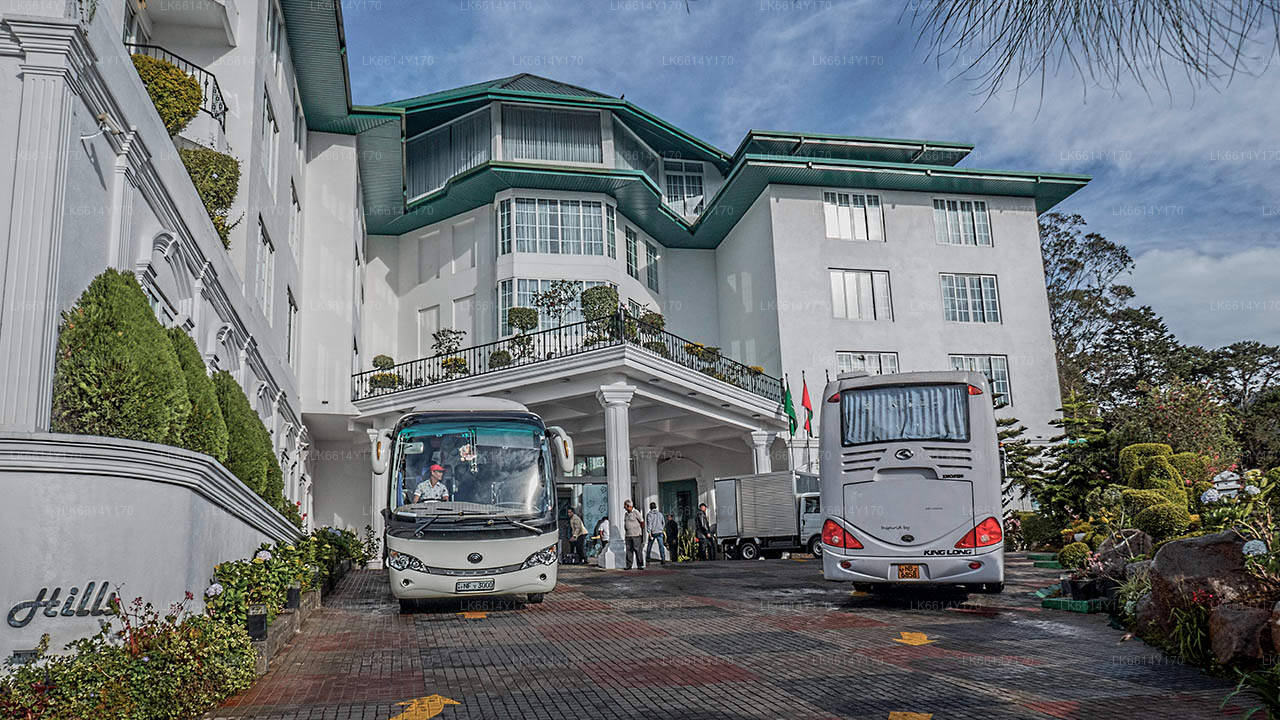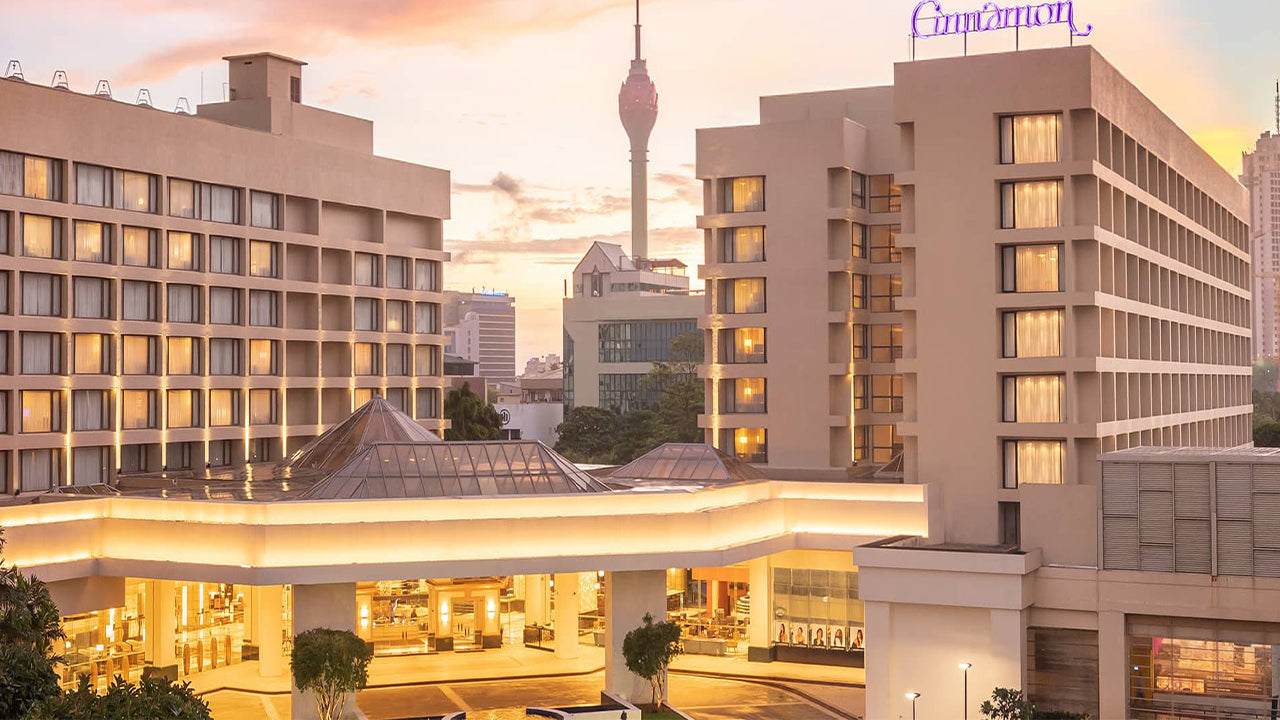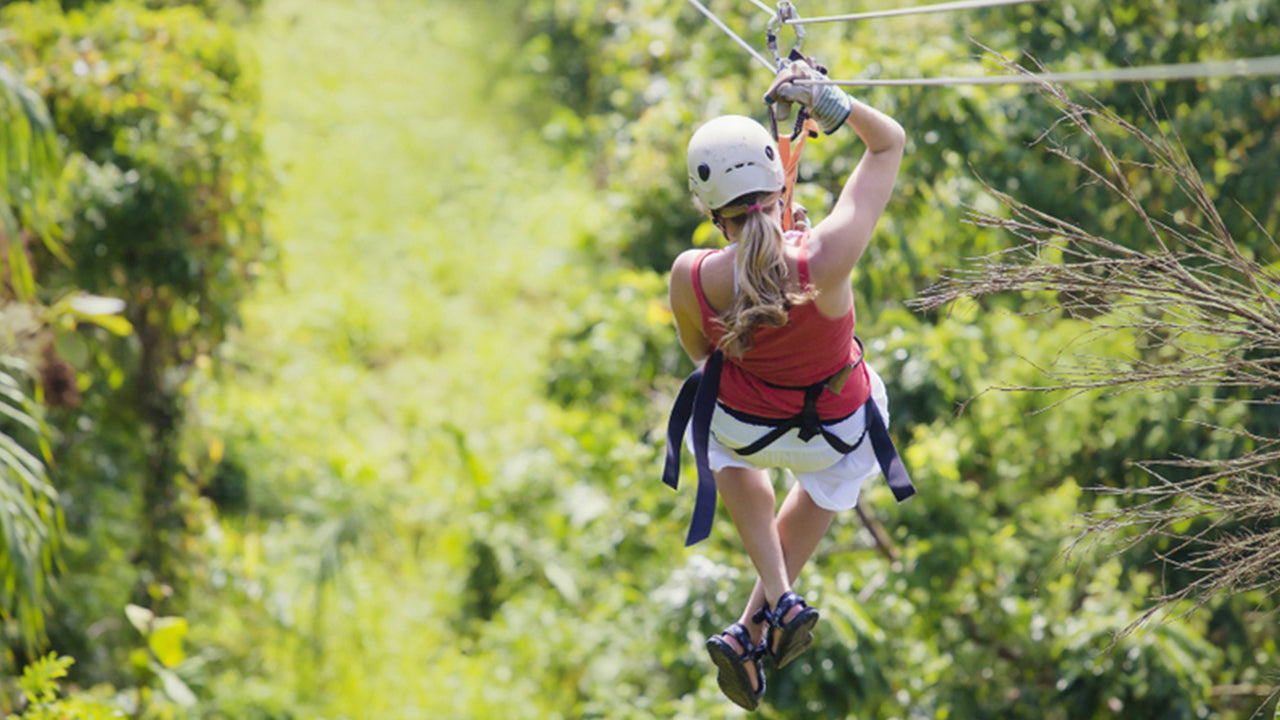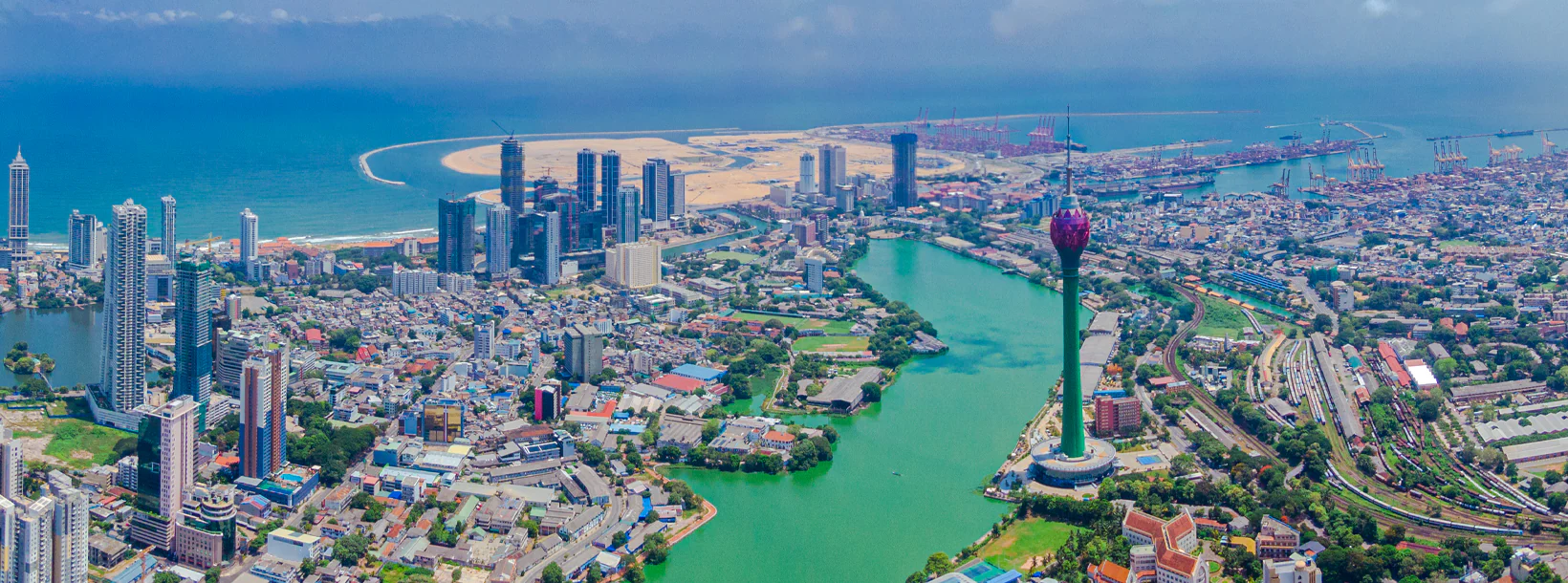
Colombo City
Colombo, the capital of Sri Lanka, is a dynamic city blending tradition and modernity. It showcases colonial architecture, lively markets, and serene Buddhist temples. With diverse cuisine, a growing skyline, and beautiful beaches, it's a vibrant hub for business, culture, and tourism, offering a gateway to explore Sri Lanka's wonders.
Colombo
Sri Lanka’s Capital Colombo, a port city, with a rich colonial heritage, on the Western coast is a potpourri of races, religions and cultures. Colombo displays the best and worst the country has to offer. The city is a contrast itself, with mansions, lush gardens, fine dining options, shopping malls packed with expensive designer brands standing next to urban slums; diesel fumed congested roads and street markets.
Despite its small size just 37.31 km² Colombo offers a varying selection of experience ranging from taking a tuk tuk ride, a visit to Pettah market and eating Kottu to playing a round of golf and having high tea at one of the colonial style hotels overlooking the Indian Ocean.With many boutiques filled with international brands and local art and fabrics Colombo is the best place to do the last minute shopping and then it’s best to retire to Galle face, Colombo's playground for some Kottu or Wade.
About Colombo City
Colombo City, the capital of Sri Lanka is an intense, vibrant and dynamic commercial city with a population of 3 million. Colombo, with its seaport and its international airport located 35km north of the heart of city, is Sri Lanka's prime hub of transportation: main motor roads and railway lines to all four corners of the island begin herein. Among the accommodation options in Colombo which, sports an array of international class hotels, boutique hotels, villas is Hilton Colombo.
Galadari Hotel, Ceylon Continental, Cinnamon Grand Colombo, Cinnamon Lakeside, Taj Samudra Colombo, Hotel Holiday Inn and Galle face Hotel are among the hotels of International standing in Colombo.The heart of the city called "Fort" (Colombo Portuguese fort doesn't exist today) is home to Colonial buildings which, house department stores and government offices together with modern high rise buildings which, house Trade Centers and Commercial Banks. Fort with its Central Bank, the Banker to the State; Bank of Ceylon run by the state-the banker to the nation; Peoples Bank operated by the state; multinational banks-Hongkong and Shanghai bank, Chartered Bank etc; local banks help drive the commerce of Sri Lanka.
Fort's Galle Face Green, the perfect seafront promenade, running parallel to the Indian Ocean to the west with its sea-spray of crashing waves and bordering Colombo-Galle main road immediately to the west takes you by surprise, coming from airport, while taking the fountain round- about at Hotel Galadari at the heart of the city.
In the last second you were passing Hotel Galadari and Hilton Colombo. In another second you will be at Galle face Hotel to your right and Hotel Taj Samudra and Hotel Holiday Inn to the left. Colombo-Galle coastal road takes you 160 km to Matara, now hugging the coast and now parallel to the southern railway line. From Wadduwa (36km) to Matara (160km), you will be traveling along the fascinating south western and southern coastal belt replete with pristine palm fringed beaches well supported by international class hotels all along. Stay the night, tonight at Bentota Bay Beach (64km).
Why Colombo?
- Colombo is the capital, the emporium, the main harbor and the principal transportation hub of Sri Lanka Holidays. So why not? Why not begin Sri Lanka Holidays at Colombo?
- hen again to say so is to miss the main point. Staying in Colombo affords the opportunity to witness the modern murals at Kaleniya Royal Temple. The famous murals depict the major milestones of Sinhalese Buddhist civilization of Sri Lanka. The murals build up a brief pictorial narrative of the unbroken chronicled history of Sri Lanka since 543 BC. Kaleniya Buddhist Temple is a mini encyclopedic springboard to the exploration of the historical, cultural and archeological destinations of Sri Lanka Holidays.
- Furthermore staying in Colombo is to grab the opportunity to enlighten you of Colombo vis-a-vis other main cities of Sri Lanka. Colombo has no rivals in Sri Lanka: it's a metropolitan city with Colonial Heritage; it is home to the finest city hotels of Sri Lanka; its accommodation options ranges from Hilton Colombo to Home stay.
- Most of all, Colombo is the principal transportation hub of Sri Lanka.
About Colombo District
Colombo is the largest city and commercial capital of Sri Lanka. It is located on the west coast of the island and adjacent to Sri Jayewardenepura Kotte, the capital city of Sri Lanka. Colombo is a busy and vibrant city with a mixture of modern life and colonial buildings and ruins and a city population of 647,100.The Colombo Metropolitan Region, defined by the districts of Colombo, Gampaha and Kalutara, has an estimated population of 5,648,000, and covers an area of 3,694.20 km²
Colombo is a multi-ethnic, multi-cultural city. It is the most populous city in Sri Lanka, with 642,163 people living within the city limits. The population of Colombo is a mix of numerous ethnic groups, mainly Sinhalese, Moors and Tamils. There are also small communities of people with Chinese, Portuguese, Dutch, Malay and Indian origins living in the city, as well as numerous European expatriates.
The great majority of Sri Lankan corporations have their head offices in Colombo. Some of the industries include chemicals, textiles, glass, cement, leather goods, furniture, and jewellery. In the city center is located South Asia's second tallest building - The World Trade Centre.
About Western Province
The Western Province is the most densely populated province of Sri Lanka. It is home to the legislative capital Sri Jayawardenepura Kotte as well to Colombo, the nation's administrative and business center. Western Province is divided into 3 main districts called Colombo (642 km²), Gampaha (1,386.6 km²) and Kalutara (1,606 km²) districts. As Sri Lanka's economic hub, all the major local and international corporations have their presence in the city and so do all the major designer and high street retailers, so be ready to indulge in some retail therapy in western province.
Having the highest population in the all the provinces, the almost all the premier educational institutions in the island are located in western province. Universities in the province include the University of Colombo, the University of Sri Jayewardenepura, University of Kelaniya, Open University, Sri Lanka, Buddhist and Pali University of Sri Lanka, General Sir John Kotelawala Defence University and University of Moratuwa .Western province has the largest amount of schools in the country, which includes National, Provincial, Private and International schools.

